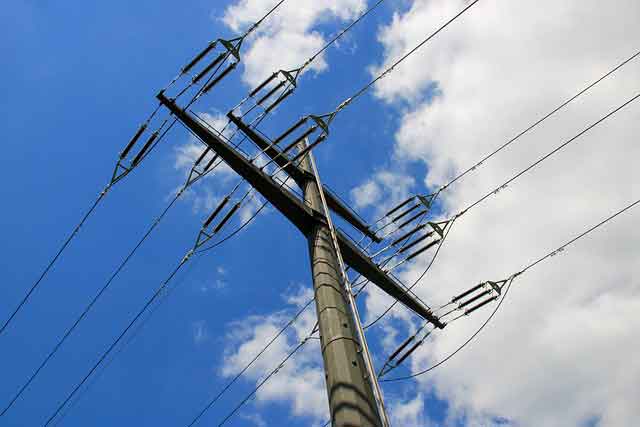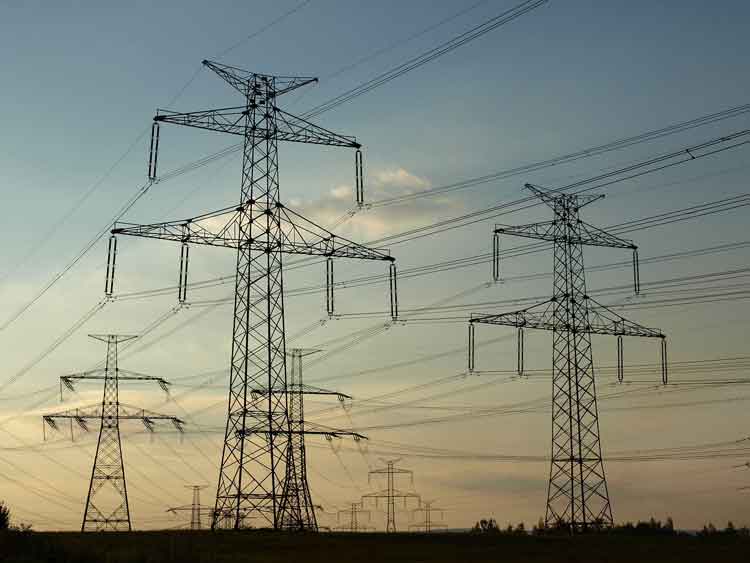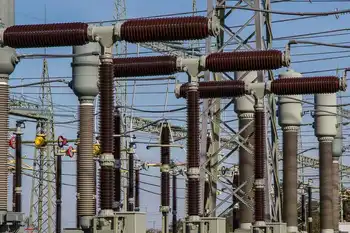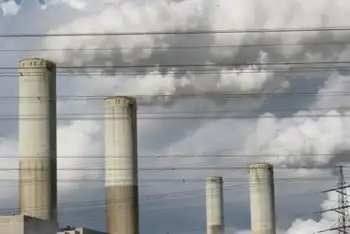Greenpeace proposes giant North Sea wind grid
BRUSSELS, BELGIUM - North Sea nations could link their offshore windfarms via a giant electricity grid on the seabed and bring huge benefits for Europe, according to a Greenpeace report gaining interest from the European Commission.
The environment group said the grid would build on existing infrastructure to link tens of thousands of turbines located offshore, helping to smooth out power fluctuations caused by turbulent weather around the stormy North Sea.
"A dip in wind power generation in one area could be balanced by higher production in another area, even hundreds of kilometres away, providing clean power for millions of European homes," said Frauke Thies, Greenpeace EU renewables campaigner.
The grid of huge power cables on the sea bed would cost up to 20 billion euros (16 billion pounds) but they could be used to trade power between North Sea nations, earning a swift payback.
The European Commission's head of renewable energy Hans Van Steen called the project "ambitious but realistic."
"It's a very important answer to those critics of wind power who say it is too variable," he added.
The European Union plans to get a fifth of its energy from renewable sources by 2020 as part of an ambitious plan to cut carbon dioxide emissions by a fifth by the same date, compared to 1990 levels.
The report assumes around 118 offshore windfarms will be built in the North Sea by 2030 in Britain, France, Germany, Belgium, The Netherlands, Denmark and Norway, pumping out around 68 gigawatts of power.
"Variable windpower in the North Sea could be supplemented by dispatchable power, such as hydro power in Norway, which can be switched on and off," said Greenpeace campaigner Jan Vande Putte.
To illustrate the ease with which it could pay for itself through power trading, the report gave the example of a 600 million-euro link between Norway and the Netherlands that now carries 800,000 euros a day of cross-border power trading.
Greenpeace said a wind power network would help render nuclear power and coal-fired plants obsolete.
But the Commission's Van Steen disagreed, pointing to rising EU power demand, especially as transport systems move away from petrol and diesel towards electricity in a bid to cut CO2 emissions.
Asked whether such a huge scheme of windpower could replace nuclear, he said: "No, not in the short term."
Related News
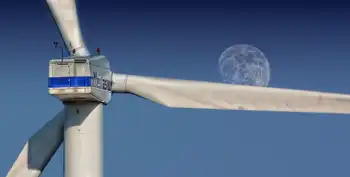
Minnesota bill mandating 100% carbon-free electricity by 2040
SAINT PAUL - Minnesota Gov. Tim Walz, D, is expected to soon sign a bill requiring utilities in the state to provide electricity from 100% carbon-free sources by 2040. The bill also calls for utilities to generate at least 55% of their electricity from renewable energy sources by 2035.
Electricity generated from landfill gas and anaerobic digestion are named as approved renewable energy technologies, but electricity generated from incinerators operating in “environmental justice areas” will not be counted toward the goal. Wind, solar, and certain hydropower and hydrogen energy sources are also considered renewable in the bill.
The bill defines EJ areas…

